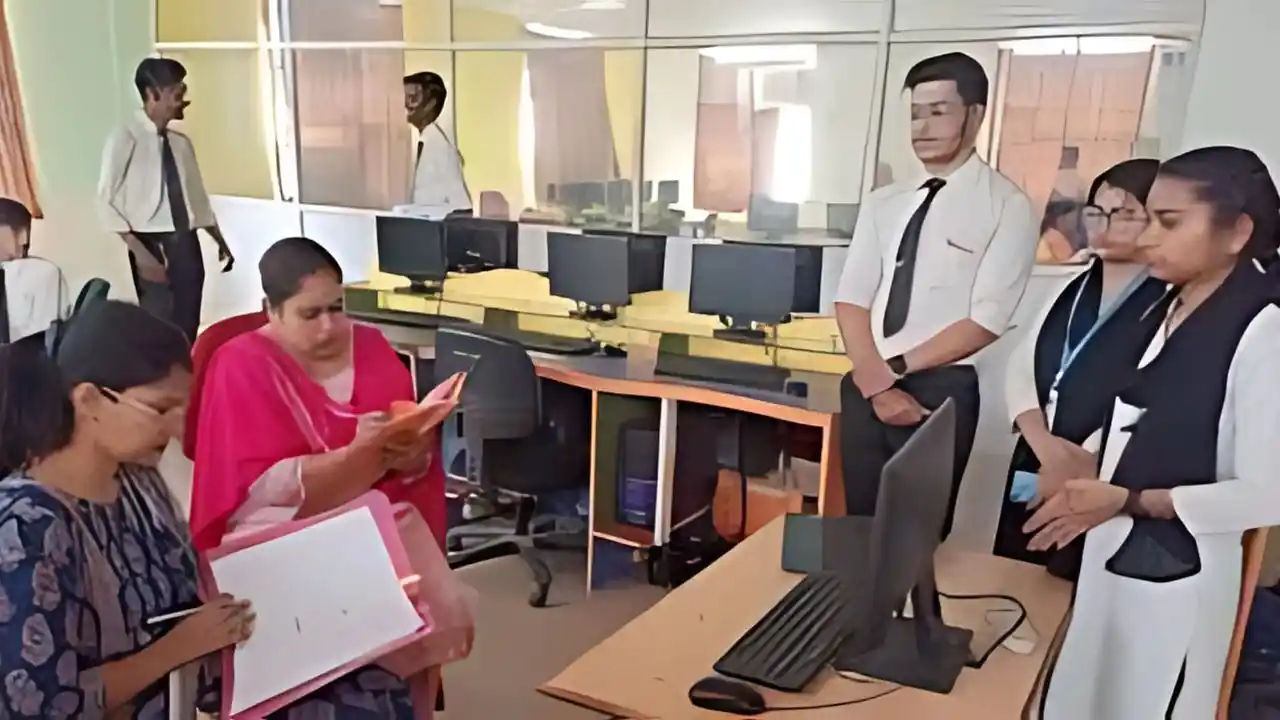The vivid and imaginative description of the classroom at the imaginary Government Polytechnic College of Jabalpur brings to life some key precepts from environmental psychology of teaching and learning. It highlights how physical space for learning has an impact on educational outcomes as well as the cognitive engagement and emotional well-being of the learner. More specifically, it draws attention to three key issues: such as the physical manifestations of space, environmental-behavioral interactions, and socio-emotional cues with how the learning experiences get shaped.
Physical Environment Shapes Learning Outcomes
All kinds of learning experiences take place inside some kind of physical space. What is outside the room, arrangement of desks, windows, lighting, temperature, and even acoustics—these can have effects on how students absorb information and process it. At Government Polytechnic College, the imagined classroom is said to have plenty of natural light, and the chairs are comfortable; such features encourage and help both concentration and interaction. These are not just arbitrary design choices; in fact, the research has demonstrated that good lighting, ventilation, and ergonomic layouts down to the very chair the student sits in-all contribute to attract, motivate, and help students to do well.
The environmental psychologists are articulate in their ideas: if students feel good from a physical standpoint, they get richly engaged with the material. An ideal classroom is thus not just a seating arrangement for one-way transmission of information from teacher to learner.
Behavioral Interaction with Space
The second important idea that finds expression here in the fictional classroom is interaction between behavior and environment. So spaces are designed and laid out with one idea or another on how the space will be used. An open flexible layout might encourage collaboration and discussion whereas a closed layout might promote more passive learning. The idea of the classroom at Government Polytechnic College, in this instance, is one of a dynamic and adaptive space that transforms for lectures, group work, hands-on training and study-individual. This allows for the environment itself to respond to the needs, which are ever-changing for both the instructors and the learners.
By observing in-service teachers and students through the process of instruction, the instructor may know how the students give better attention, good participation, and creative thinking to the learning process. The physical setting now becomes an active partner in their learning rather than a static backdrop.
Emotional and Social Dimensions of the Classroom
Finally, the imaginary classroom will communicate the emotional and social ambience of the learning environment. A warm, inclusive, and stimulating classroom atmosphere generates emotional security and a sense of belonging, which are both vital for learning. Particulars about the environment like color schemes, student-selected bulletin boards, inspirational quotes, or seat arrangements will formulate how each student actually feels about themselves in the classroom as well as their association with the learning community.
At Government Polytechnic College, Jabalpur, the conceptual classroom is intended to be an emotionally engaging and socially interactive environment that fosters student confidence, peer collaboration, and teacher-student relationships. These unquantifiable factors constitute elements that influence academic success and psychological well-being.
The integration of the three facets-structural manifestations, behavioral influence, and emotional atmosphere-shows how a higher degree of consciousness in classroom design can be a force behind the improvement in teaching and learning. Thus, the ambience moves from being a mere receptacle to a social actor in educational success. As this is converted from fiction into practice, institutions such as Government Polytechnic College must begin to think about the role of space in nourishing knowledge rather than stifling creativity and human interaction.
